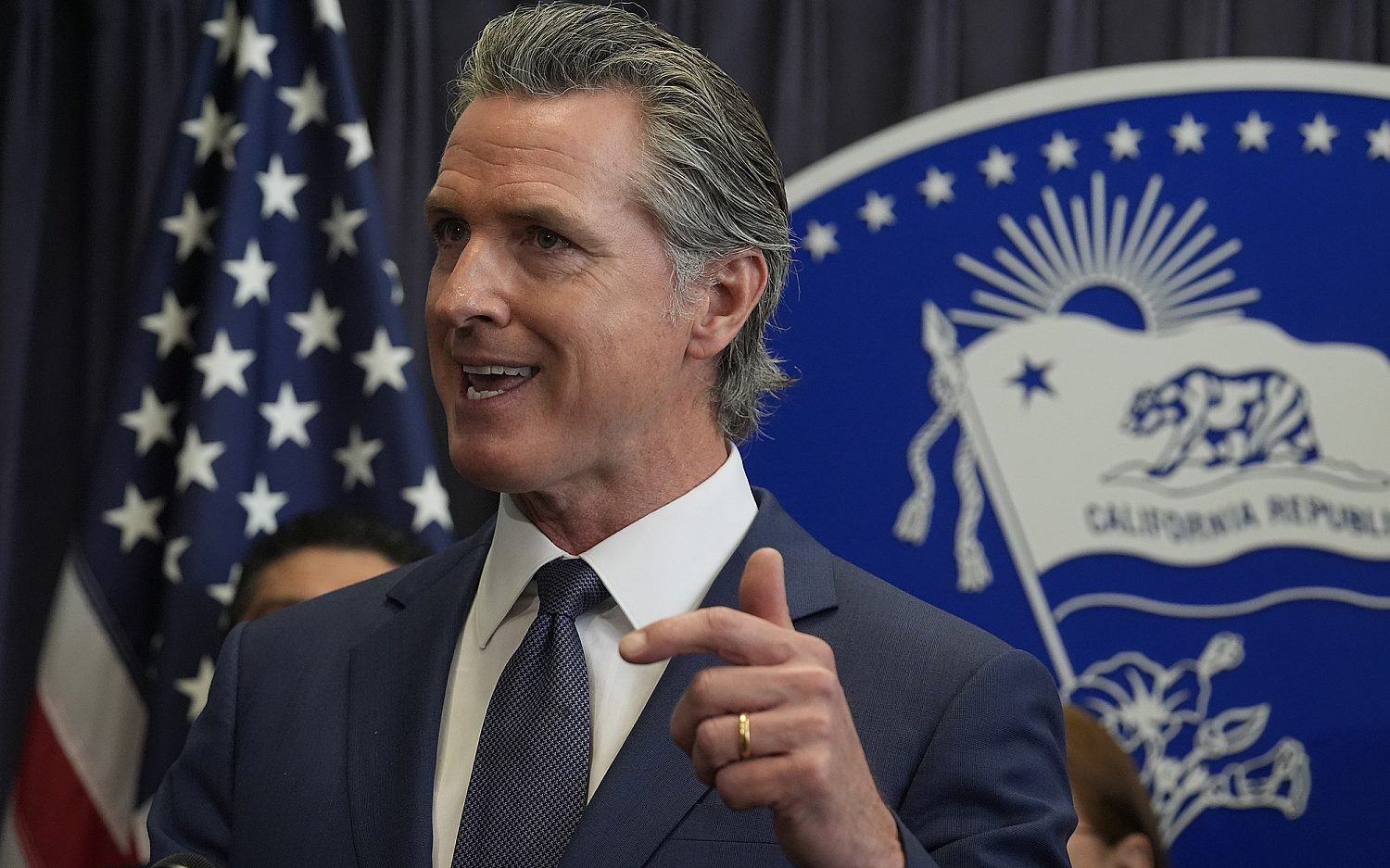Poor Virginia
A new study exaggerates poverty in the state; defining the problem as a political issue
Almost one-quarter of Virginia families lack the income and assets to cover basic annual expenses, according to a new University of Virginia study. A two-adult, two-child family needs about $44,000 to meet yearly expenses, asserts the Weldon Cooper Center for Public Service.
Policy experts, however, suggest that such reports exaggerate the problem of poverty in Virginia. People whose income falls below the federally-defined poverty line may not lack basic needs such as food or shelter. Setting poverty levels is a political issue, as much about defining the size and reach of government programs as it is about helping genuinely destitute people.
The Weldon Cooper report, published on Feb. 14, criticizes the federal poverty level for inadequately measuring the cost of living. As of 2009, the federal poverty threshold stood at $21,756 for a four-person family. "For a lot of households, they're trying and they're trying really hard, but in some cases the money isn't there," author Rebecca Tippett said.
Compared to the rest of the nation, economic security for Virginian families appears strong. Among the states, Virginia is 39th lowest in poverty rate, 6th highest in median household worth, and 4th highest in household food security. But these positive statistics mask economic red flags such as high credit card debt, high rate of bankruptcies, and low home-affordability.
Monthly costs vary greatly depending on the location within Virginia. In Northern Virginia, housing and child care is far more expensive than in other parts of the state. The average household in Northern Virginia would have to earn $64,200 annually to cover what the study defines as basic expenses, while Southwest Virginia families would need only $35,000.
The report also argues that the current federal poverty level is calculated by an outdated method. The federal poverty line, which was created in 1969, is estimated at three times the cost of eating determined by the U.S. Department of Agriculture's economy food plan. But since 1969, the cost of food has decreased in relative terms, while the cost of other necessities has risen. The federal poverty level also fails to take into account regional variation, and is uninfluenced by the fact that most people near the poverty line rely on government aid to be "self-sufficient."
Because of the high number of government-related jobs in Virginia, especially near the border of Washington D.C, the state ranks high in well-paying jobs. In 2009, Forbes Magazine listed 3 Virginia cities in the top 5 "Best Cities for High-Paying Jobs." Unfortunately, Virginia's most common jobs- in retail, maintenance, and food preparation- do not meet recommended income rates.
"On average, none of the top 6 jobs in Virginia pay enough to guarantee self-sufficiency," according to the study. "These low wage jobs are also significantly less likely to come with employee benefits such as health insurance, increasing demands on family budgets for those who can least afford it."
The study estimates that 28 percent of Virginians are also in "asset poverty," lacking the finances to cope with any short-term emergency. Families that are asset adequate have a minimum of $5,439 in stocks, bonds, bank accounts, or financial assets. These assets not only help families cope with emergencies, but facilitate upward mobility by aiding families in starting a business, paying for college, and buying a home.
Critics, however, caution that such studies can be very misleading.
Robert Rector, a senior researcher at the Heritage Foundation and a leading authority on national poverty, explained how the term "poverty" is often misconstrued. In his 2004 article, "Understanding Poverty in America," he wrote, "For most Americans, the word 'poverty' suggests destitution: an inability to provide a family with nutritious food, clothing, and reasonable shelter. But only a small number of the 35 million persons classified as 'poor' by the Census Bureau fit that description. While real material hardship certainly does occur, it is limited in scope and severity. Most of America's 'poor' live in material conditions that would be judged as comfortable or well-off just a few generations ago."
Almost half of America's poor own homes, Rector added, while more than two-thirds of America's poor own a car, a refrigerator, a television, a DVD player, cable or satellite TV reception, microwave ovens, and air conditioning.
Nicholas Eberstadt, a member of the Global Leadership Council at the World Economic Forum, said that there are better methods to determine the actual number of poor in America. "I believe one must look at spending power, expenditures, and consumption to get a sense of how households are doing."
"One of the important, interesting, and often neglected facts about living standards in America is that people in the bottom fifth of the income distribution year in and year out report spending about twice as much money as they report earning," Eberstadt said.
Along with the debate over defining poverty comes the debate over combating poverty. While the University of Virginia report suggests that families close to the poverty line require help from government programs, opponents argue that aid would be more effective coming from the community.
"Even though we have spent all this money during the last 40 years addressing poverty, we have not seen the decline of the poverty line," said Christine Kim, a policy analyst at the Heritage Foundation.
Because families under the federal poverty line are eligible for government aid, Eberstadt says that the establishment of an appropriate poverty line becomes a political issue. Ethical questions regarding self-reliance and personal responsibility, he pointed out, should be raised when one person's property is taken and given to another.
"The question that always comes up in any attempt to determine an eligibility level for government help is inescapably political. We do not live in a low-income, fourth-world society where the poverty level is established as minimum, biological survival," Eberstadt said. "We're at a level of affluence where we as a country make decisions about what sort of floor we want to establish for a decent society. We will establish a floor beneath which we believe it is not acceptable for living standards to fall in the United States."
"That depends not on politicians, nor on economists, or statisticians, but upon the public as a whole."
The Associated Press contributed to this report.
"Like" us on Facebook today!
An actual newsletter worth subscribing to instead of just a collection of links. —Adam
Sign up to receive The Sift email newsletter each weekday morning for the latest headlines from WORLD’s breaking news team.




Please wait while we load the latest comments...
Comments
Please register, subscribe, or log in to comment on this article.